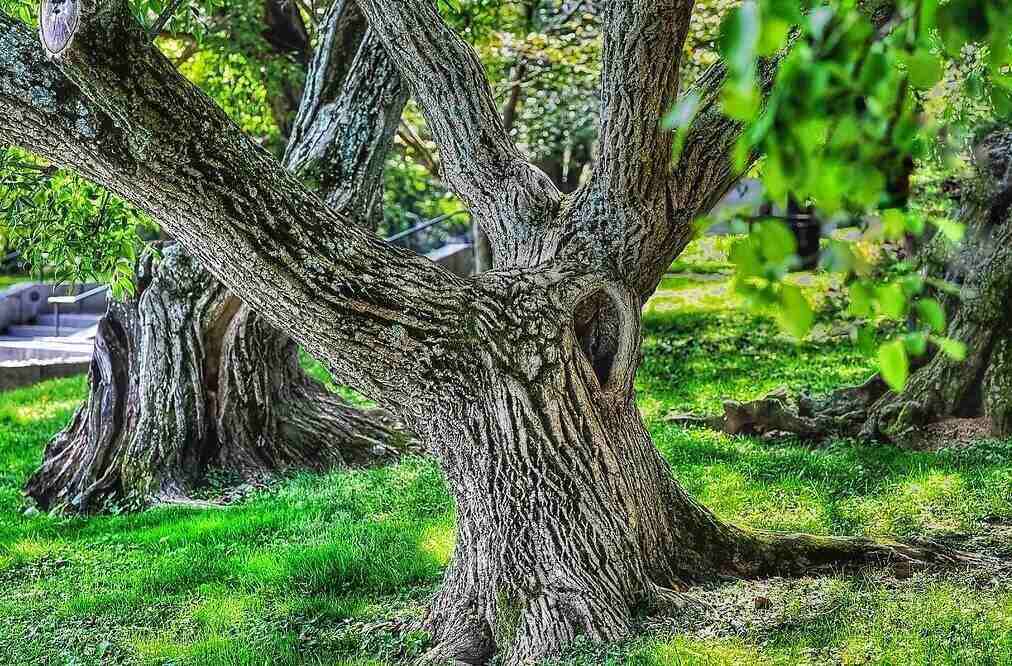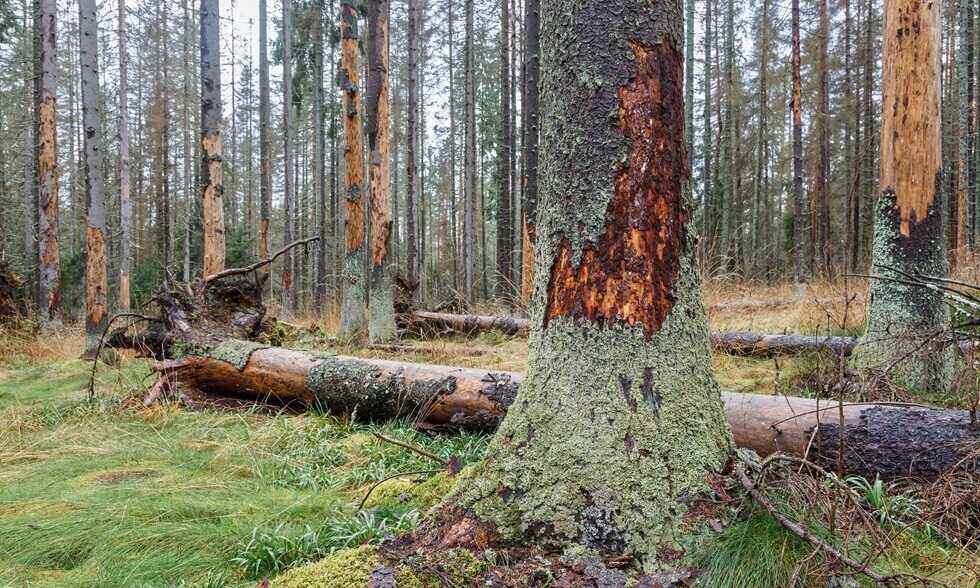Healthy trees naturally improve the ecosystem around them, increase the property’s value, and provide a beautiful experience. Trees are foundational to any home or landscape, but potential problems with them can be easily overlooked. Once-healthy trees can quickly shift from being the property’s best feature to its most costly liability.
This article details how property owners can recognize tree fall risk factors to take a proactive approach to the health of their trees. Certified arborists who specialize in identifying these risks can help property owners make informed and environmentally responsible decisions concerning their landscapes.
The tips below can further help property owners with staying informed about the basic health of their trees, recognizing risk factors early, and knowing when to hire an emergency tree removal service before an unplanned fall.

1. Look for Visible Structural Damage
The easiest tree fall risk factors to recognize are visible structural weaknesses in the tree’s trunk or branches. These can include not only physical damage but also unsafe growing structures that can eventually lead to collapse. Factors to look for include:
- Leaning, especially when this occurs suddenly, such as after a storm
- Two trunks, also known as co-dominant stems, growing close together
- Cracking or splitting in the major limbs or trunk
- Weakening branch connections, often recognized by “V” shapes where the branch connects to the trunk
- Cavities or rotting wood in any major sections
- Detached or dead branches hanging from the tree
- Excessive fallen branches
These signs of damage are visible enough to be easily recognizable, but they do not always indicate a tree at risk of falling. As trees age or endure storms, they can grow less uniformly or show signs of damage without always being a cause for alarm. Trained arborists can distinguish temporary damage from serious issues to help property owners make the right decision for their landscape, including an emergency tree removal.
2. Monitor Dead Sections or Branches
In addition to showing signs of damage, sections of trees can appear dead or dying when an underlying issue has progressed far enough. As sections of the tree die, they are more likely to break off, weaken the overall structure, or kill the tree. Recognizing dying branches is made simple when looking for these four specific factors:
- Uneven leaf growth, especially if certain branches have become sparse or defoliated completely
- Larger limbs breaking off, in many cases remaining in the canopy, signaling that the death was caused by disease rather than weather
- Bark peeling off in large sections or cracking and exposing the tree’s inner structure
- Slow or non-existent leaf growth during normal growing seasons
These symptoms can be caused by factors such as poor nutrition, temperature changes, or weather damage. However, these changes may also be caused by an underlying issue that could progress to a fall during the next heavy snow or rain.
3. Treat Pest Infestations Quickly
The signs of a pest infestation are not always obvious, but they are important to recognize since an untreated infestation can lead to damage, disease, or tree death, potentially causing a fall. While wood-boring insects can pose a threat, they are not the only type of pests that can cause issues. Fungi and bacteria can cause similar damage and result in the same catastrophe if left untreated.
One telltale sign of a pest infestation is a series of tiny exit holes in the surface of the tree. These indicate where the insects have fed on the tree or bored into the trunk to make their nests. Common pests to watch for in Virginia include Emerald Ash Borers, aphids, spider mites, and gypsy moths.
In some cases, property owners will be able to spot the insects themselves, but the tree will have a better chance of survival if the problem is caught earlier. In addition to exit holes, cankers often indicate an internal infestation. These are sunken areas in the trunk or branches where the insects have weakened the structure from within.
Other recognizable signs of an infestation include leaves that wilt in the wrong season or mushrooms growing on the outside of the tree. The presence of shelf mushrooms or bracket fungi is an unfortunate sight since it often means that the tree has already been overrun by parasites. Recognizing them is a clear sign to contact professional arborists, who will likely suggest scheduling an emergency tree removal before the tree damages the property.
4. Examine Root Damage
While the trunk and branches can show obvious signs of decay, trees with a visible root system can demonstrate their failing stability even more clearly. Signs that the root system has begun to fail include fungal growths, such as shelf fungi, growing around the base of the tree. This indicates that the tree has rotted from the inside, and the mushrooms have taken over.
Roots can also appear visually damaged, often as a result of yard or construction work. If the damage is severe, this can lead to a tree’s collapse by compromising its systems. If the soil around the base of the tree is swollen, known as “heaving,” this can also indicate root erosion, water retention, or disease.
Trees showing any of these signs are at a greater risk of falling, even in seasons with calm weather.

Partner with Certified Arborists to Recognize Risk Factors Early
At RTEC Treecare, our certified arborists have the expert knowledge to help property owners recognize the signs of tree damage and disease early to prevent damage to their landscape, property, and family. By addressing the problems early, trees can often be saved. However, in some cases, an emergency tree removal is the best option to protect the landscape.
Contact our team today to receive a thorough tree health and landscape inspection. Noticing any of these issues means that time is of the essence for the health of each tree and the property as a whole.


